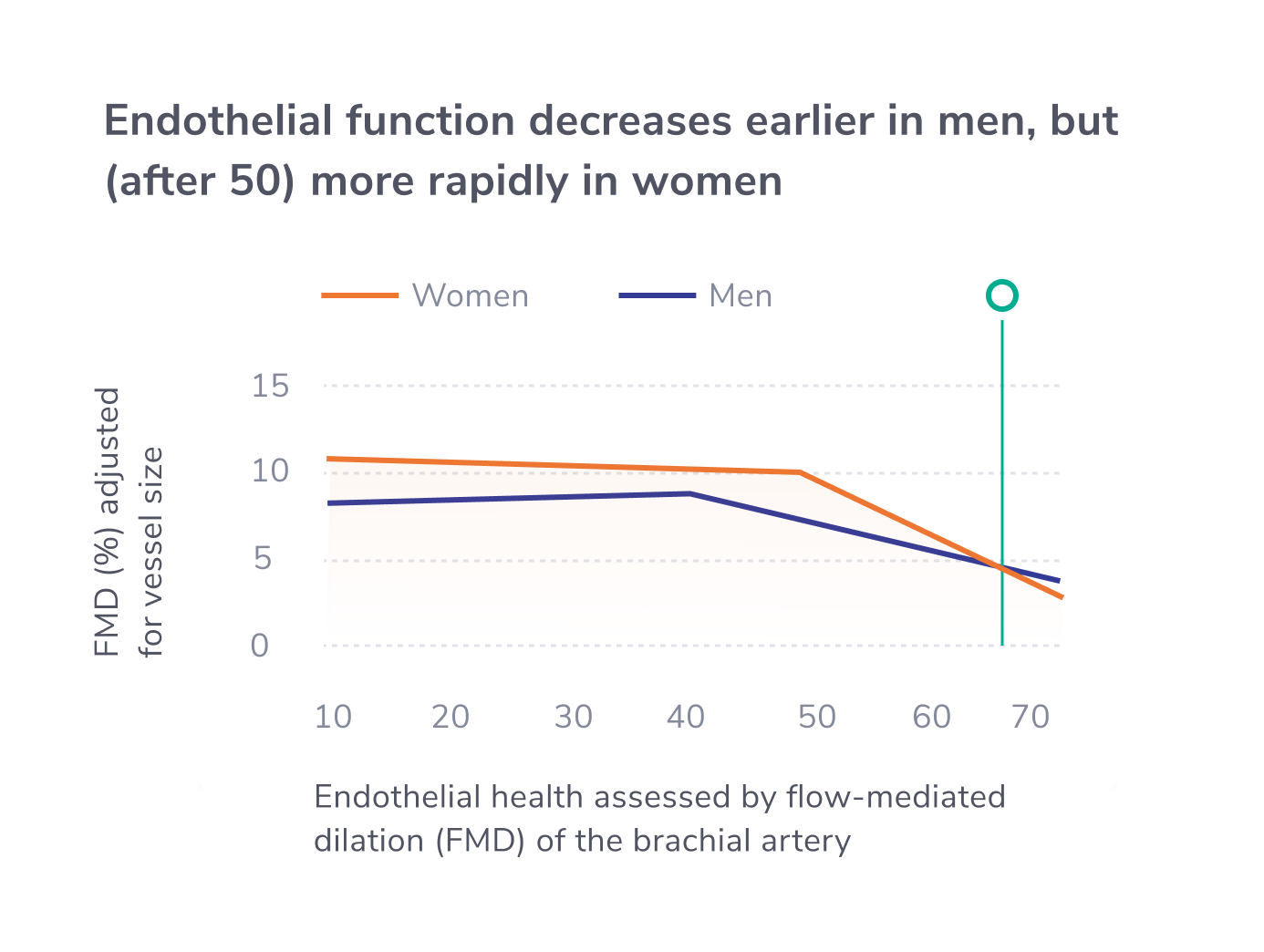Longevity Science for Women
Why
Femitas was founded to address medical challenges that have a disproportionate impact on women.
Our pipeline spans three domains: maternal, sexual, and post-menopausal health, each with clinical-stage assets ready for Phase 2 trials.
We welcome discussions from potential partners around any of our pipeline assets. Our initial focus is on menopausal health.
Maternal health
We have a drug with data supporting treatment of hypertension and preeclampsia during pregnancy and during the first few months after pregnancy.
Developmental and reproductive toxicology (DART) studies (seven conducted so far) have been favorable.
A clinical program will start with studies in post-partum hypertension and post-partum preeclampsia.
In parallel, further DART studies will be performed as necessary to confirm safety for administration during pregnancy.
Child-bearing years
Postmenopausal health
Cicletanine, a drug originally launched in France (not yet the US) has a favorable safety profile and confirmed efficacy vs. placebo in women over 60 with hypertension.
The drug’s mechanism of action suggests that it answers specific cardiovascular, metabolic, and neurological challenges that become more prevalent in women than in men with age.
Femitas is preparing to run a trial in women 60 years or older with hypertension and GSM (genitourinary syndrome of menopause; includes vaginal dryness / irritation / painful intercourse).
Menopause and postmenopause
Sexual health
Femitas has two pipeline drugs for sexual health:
Cicletanine (mentioned above), in its postmenopausal hypertension trial, will also be assessed for its ability to treat GSM (genitourinary syndrome of menopause). GSM can include vaginal dryness and intercourse-associated discomfort.
One of our pipeline drugs has favorable data in orgasmic dysfunction and arousal disorder (both in women and in men).
We have licensed delivery technology to make the drug more effective.
A clinical trial intended to demonstrate improvements made possible with our delivery technology is scheduled for mid-2025. The trial includes full-body PET scans.
Further details are available under confidentiality.
Addressing postmenopausal health, an underserved domain of healthcare
From roughly age 60 (~10 years after menopause) onward, three critical cardiovascular challenges are more prevalent in women than in men.
Each of these challenges is described below.
Endothelial dysfunction
Sympathetic overdrive
Salt-sensitive hypertension
Endothelial dysfunction
About 10 years after menopause, women lose their endothelial-function advantage.
Endothelium
Inner, thin layer of one trillion cells lining the cardiovascular system.
Largest organ in the body by surface area: ~10,000 square feet; vital to long-term health.
Endothelial dysfunction
A key cause of heart disease, hypertension, stroke and diabetes complications.
More recently has been recognized as a key cause of Alzheimer’s disease and vascular dementia.
Sympathetic overdrive
Source: Hypertension. 2005 Apr;45(4):522-5.
During their 40s and 50s, women begin experiencing higher sympathetic overdrive than men.
Sympathetic nervous system
Involved in “fight or flight” response, partially by increasing chemicals such as epinephrine (adrenaline).
Balances the cardiovascular system by increasing blood pressure, heart rate and (sometimes) body temperature under situations such as stress and exercise.
Sympathetic overdrive
Increases blood pressure and heart rate during aging.
Common driver of hypertension, heart failure, metabolic syndrome, and stroke.
Salt-sensitive hypertension
Salt-sensitivity, a common driver of hypertension, is more prevalent in women than in men.
Salt sensitivity
Usually means BP changing >10% in response to changes in salt intake.
Present in 50% of hypertension cases.
Contributes to most cases of resistant hypertension.
Salt-sensitive hypertension
Associated with sympathetic overdrive.
Independent risk factor for cardiovascular disease and death.
Increases with age.
Higher prevalence in women than men.
Recently found to be a driver of Alzheimer’s disease.
Impact of Menopausal Challenges
Endothelial dysfunction, neurological overdrive, and salt-sensitive hypertension drive excess mortality from Alzheimer’s and strokes.
Endothelial dysfunction
Endothelial function: Flow-mediated dilation (FMD), brachial artery
Sympathetic overdrive
Sympathetic drive:
Muscle sympathetic nerve activity (MSNA)
Near term
Hot flashes
Hypertension
Salt-sensitive hypertension
Salt sensitivity is higher in women than men, regardless of age or blood pressure
Long term
Alzheimer’s
Stroke
US: Women account for 69% of Alzheimer’s deaths and 57% of stroke deaths.








